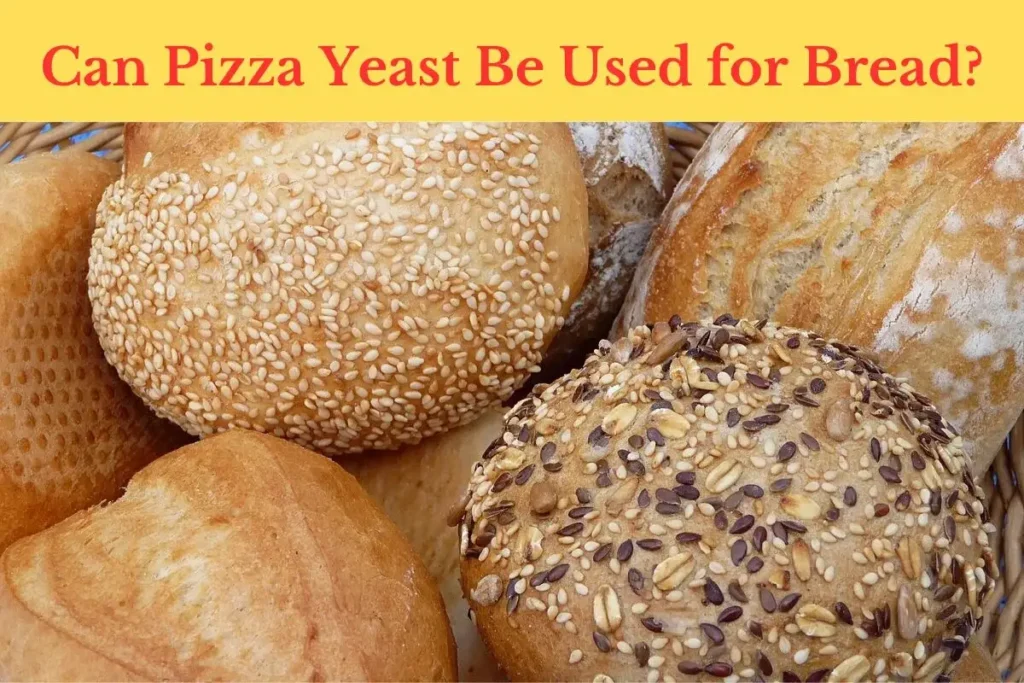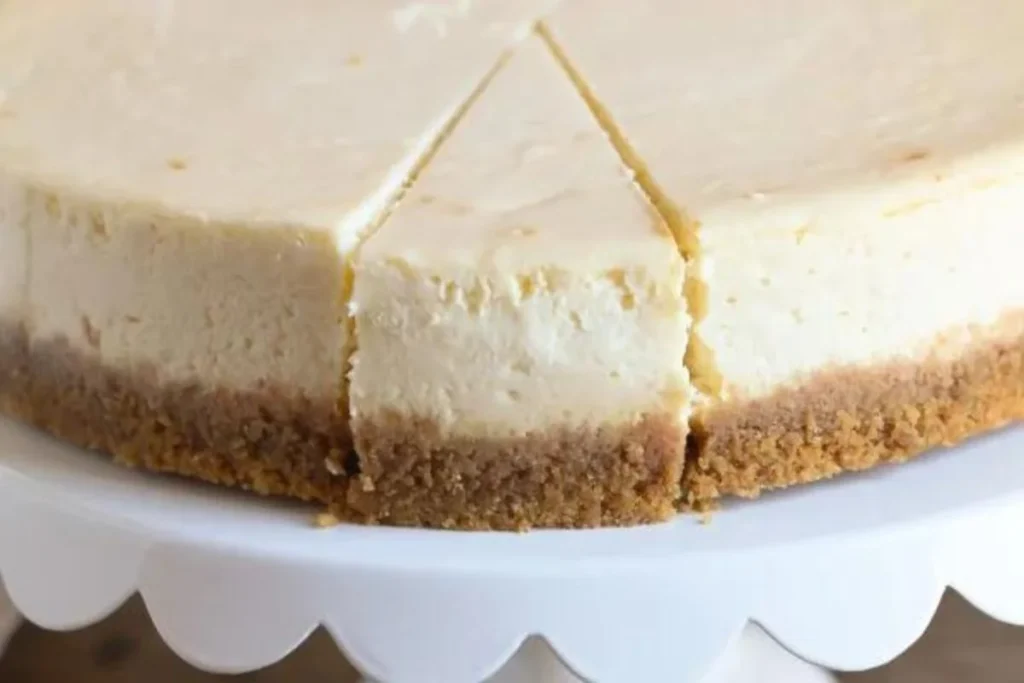
Are you tired of making bread that ends up dry and crumbly? Well, we’ve got some insider tips to share with you. In this article, we’ll demystify how to make perfectly moist bread by comparing two popular baking techniques: steaming and conventional baking.
Whether you’re an experienced baker or just getting started, understanding the advantages and differences between these two methods can greatly improve the texture and flavor of your freshly baked loaves.
Steaming bread not only keeps the moisture locked in but also gives it a beautiful, satisfyingly chewy crust. On the other hand, traditional baking relies on dry heat to create a golden, crispy outer layer for your bread. Knowing when and how to use each method can help you adapt your baking approach to different types of bread, from artisanal, crusty loaves to soft and fluffy sandwich bread.
So, if you’re eager to take your baking skills to the next level and consistently produce tender, moist bread, keep reading. We’ll reveal the secret to achieving bakery-quality bread right in your own kitchen.
Table of Contents
ToggleThe Science Behind Steaming and Baking Bread
The science behind both steaming and baking bread is like taking a cool dive into the world of cooking chemistry. These two methods give us different tastes and textures, but the science behind them helps us understand why.
When you bake bread, you use dry heat, usually in an oven, and the dough gets hot, sometimes hotter than 200°C (392°F). Baking leads to some pretty cool chemistry. One big player is the Maillard reaction, which gives bread its beautiful golden-brown crust and that awesome baked bread smell.
Yeast, a tiny microorganism, does a big job by munching on the sugars in the dough and making carbon dioxide, which puffs up the bread. This gas, combined with the dough firming up because of the heat, makes the baked bread all light and full of holes.
Now, when you steam bread, you’re using wet heat, and the dough gets exposed to hot steam at around 100°C (212°F). Steaming doesn’t cause the Maillard reaction, so the crust stays lighter and paler. The steam keeps the bread from drying out, which means you get a softer, moister inside.
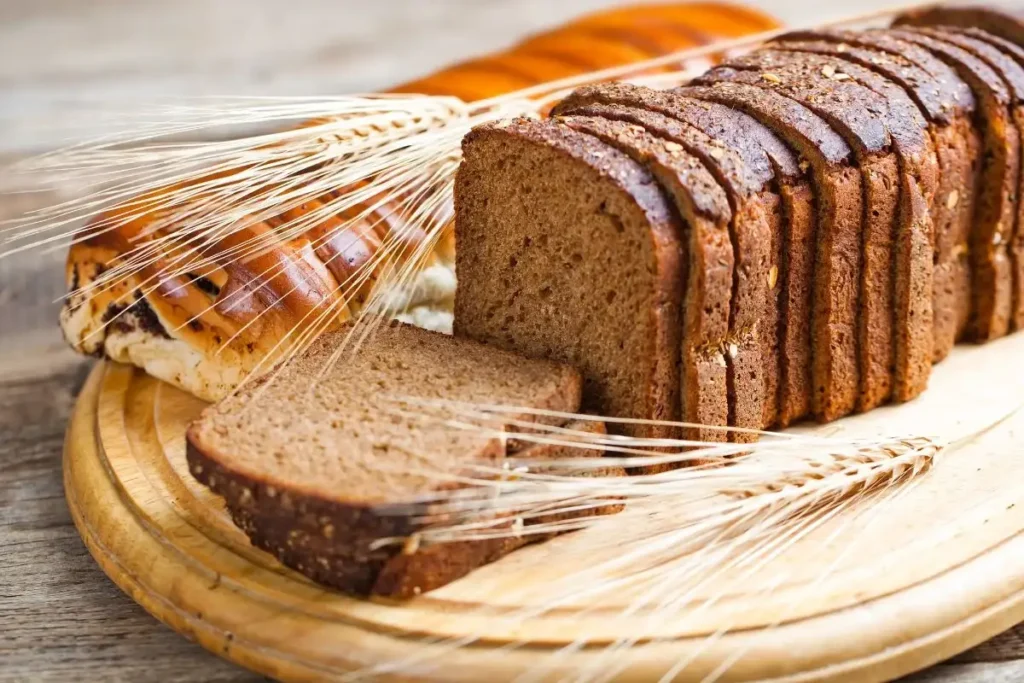
Benefits of Steaming and Baking Bread
When it comes to making bread, deciding whether to steam or bake it can have a big impact on how your bread turns out. Each method has its own advantages, and they cater to different tastes and preferences.
In this section, we’ll look at the good things about both steaming and baking bread, so you can make an informed choice when you’re making bread at home.
The Benefits of Steaming Bread
- Keeps Your Bread Moist One great thing about steaming bread is that it keeps it moist. The steam wraps around the dough, so your bread doesn’t dry out while it’s cooking. This results in soft and moist bread that a lot of people really like.
- Quick and Easy Steaming bread is a fast and efficient method. It’s simpler and saves time compared to baking. So, if you want freshly baked bread in less time, steaming is a good choice.
- Healthier Option Steaming can also be a healthier choice. It cooks the bread quickly at lower temperatures, which helps preserve the nutrients in the ingredients. If you’re concerned about the nutrition in your bread, steaming is a good option.
Versatile Steamed bread is super versatile. You can make it sweet or savory, experiment with fillings, flavors, and shapes. This makes it a great option for people who like to get creative in the kitchen.
Gluten-Free Possibilities If you can’t have gluten, steamed bread can be a gluten-free option. You can use alternative flours like rice flour or tapioca flour to make bread without worrying about gluten.
The Benefits of Baking Bread
- Unique Flavor and Crust Baking bread gives it a special and unique taste that many bread lovers really enjoy. The combination of dry heat and the Maillard reactions during baking create the crispy crust that’s a signature of many bread types.
- Crunchy Texture Baked bread is known for its crispy and crunchy crust, which goes perfectly with the soft and airy inside. This texture adds a wonderful element to the eating experience.
- Endless Varieties Baking offers a wide range of bread types and styles, from baguettes and sourdough to whole-grain loaves and artisan bread. This means you can explore and create different flavors, textures, and shapes.
Cultural Significance Baking bread has deep cultural importance in many parts of the world. The tradition of making bread has been passed down through generations and is an integral part of various culinary traditions.
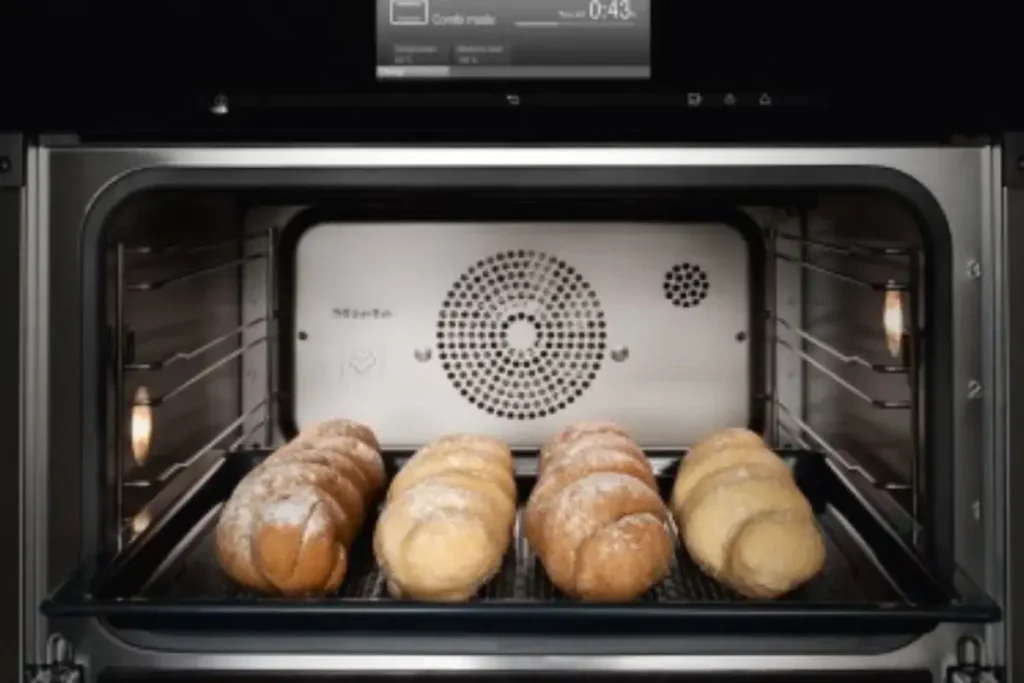
Steaming vs. Baking | Which Is Better for Bread?
The long-standing argument about whether to steam or bake your bread has sparked plenty of foodie conversations. Both methods have their unique qualities and advantages.
Let’s break it down in everyday terms so you can choose the right one for your taste and needs.
Steaming Your Bread:
- Keeping It Moist: Steaming is known for keeping your bread moist. The steam surrounds the dough, preventing it from drying out. This results in soft, moist bread, perfect for those who like it tender.
- Consistent Texture: Steaming ensures the whole loaf cooks evenly. This means your bread will have a consistent texture throughout, with no undercooked or overcooked spots.
- Less Crunchy Crust: Steamed bread usually has a thinner and less crispy crust compared to baked bread. If you like a softer outer layer, this is for you.
- Healthier Option: Some folks consider steamed bread healthier. It has less crust and retains moisture, making it a good choice for a diet-friendly bread.
- Faster Cooking: Steaming is quicker than baking, so you’ll have your fresh bread faster.
Baking Your Bread:
- Crispy Crust: Baking gives your bread a distinct, crispy crust on the outside. This combo of a crunchy crust and a soft interior is a signature of artisanal and traditional bread, loved by bread fans.
- Get Creative: Baking is like an art canvas. You can shape patterns, add toppings, and experiment with different flours. It’s your chance to show your artistic side and make visually appealing loaves.
- Endless Options: Baking offers a world of bread variety. From sourdough and baguettes to ciabatta and challah, you can bake all kinds of bread at home. So, there’s something for every taste and diet.
- Ingredient Control: When you bake from scratch, you’re the boss of the ingredients. You can choose organic flours, adjust salt and sugar, and add grains and seeds to make a loaf that suits your diet.
- A Sensory Journey: The smell of freshly baked bread filling your kitchen is something special. Baking engages all your senses, from kneading the dough to seeing that perfectly risen loaf. It’s a whole experience.
How to Steam Bread Properly
Steaming bread is a unique and delightful cooking method that requires some specific steps to achieve the desired results. Here’s a guide on how to steam bread properly:

- Prepare the Dough: Begin by preparing your bread dough, which typically includes flour, water, yeast, and any additional ingredients like sugar or salt. Knead the dough until it’s smooth and elastic.
- Shape the Bread: Shape the dough into the desired form for steaming. This can be small buns, larger loaves, or any shape you prefer.
- Steamer Setup: Place your dough pieces in a steaming container or bamboo steamer. Make sure to leave enough space between them to allow for expansion during cooking.
- Water Level: Add water to the bottom of your steamer, ensuring that it doesn’t touch the bread. The steam will cook the bread, so maintaining the right water level is crucial.
- Steam: Cover the steamer and place it over high heat. Steam the bread for the appropriate duration, which can vary depending on the size and thickness of your bread. Typically, it takes around 15-20 minutes.
- Check for Doneness: To check if the bread is done, insert a toothpick or skewer into the center. If it comes out clean, the bread is ready.
- Cooling: Remove the bread from the steamer and allow it to cool for a few minutes before serving.
Steaming bread is a simple and efficient method that results in a soft, moist, and delicious loaf. Experiment with different types of dough and flavors to create a variety of steamed bread delights.
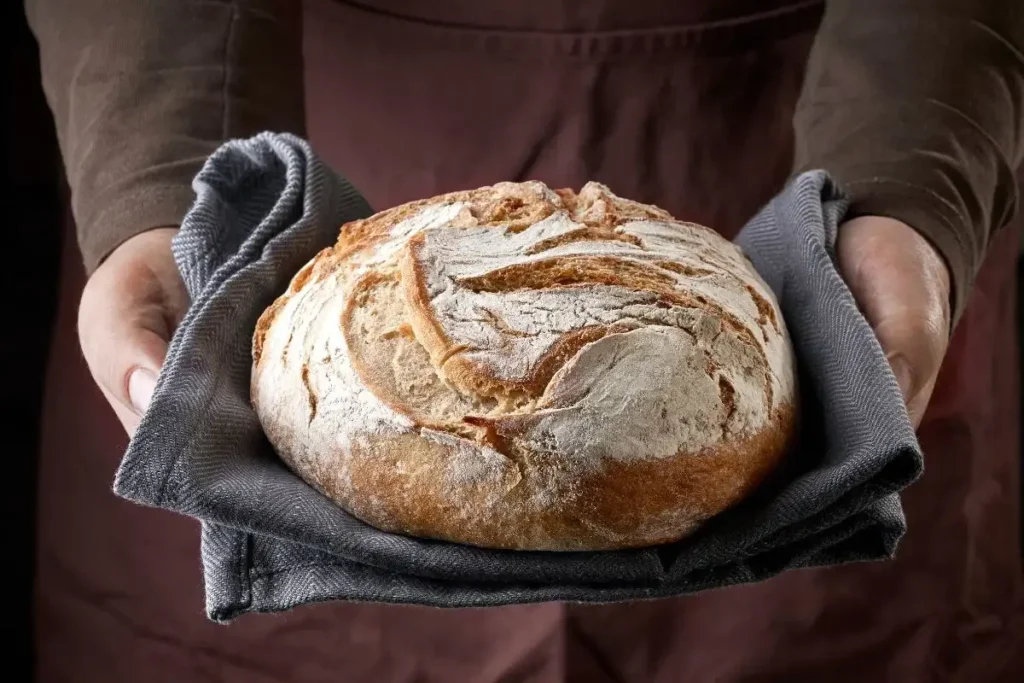
How to Bake Bread Properly
Baking bread is a time-honored tradition that, when done right, produces a delicious, crusty loaf. Here’s a guide on how to bake bread properly:
- Prepare the Dough: Begin by preparing your bread dough with flour, water, yeast, and any other desired ingredients. Knead the dough until it’s smooth and elastic.
- Rising: Allow the dough to rise in a greased, covered bowl until it has doubled in size. This can take anywhere from 1 to 2 hours.
- Shaping: Punch down the risen dough to remove excess air. Shape it into the desired form, whether it’s a loaf, rolls, or a unique shape.
- Second Rise: Let the shaped dough rise again until it’s close to doubling in size. This typically takes 30 minutes to 1 hour.
- Preheat the Oven: Preheat your oven to the required temperature, typically around 375-450°F (190-230°C). Ensure your oven rack is in the correct position.
- Baking: Place the dough in the oven and bake for the specified time, which varies depending on the type of bread you’re making. The bread should develop a golden-brown crust.
- Cooling: After baking, remove the bread from the oven and let it cool on a wire rack for at least 20-30 minutes before slicing.
Properly baked bread features a crispy crust, an airy crumb, and a rich flavor. Experiment with different recipes and ingredients to discover your favorite homemade bread variations.
Common Mistakes to Avoid When Steaming or Baking Bread
Steaming and baking bread are both wonderful methods of bread-making, but they each come with their own set of pitfalls. To ensure your bread-making endeavors are successful, here are some common mistakes to avoid:

Steaming Bread Mistakes:
- Inadequate Proofing: Rushing through the proofing stage can result in dense and doughy bread. Ensure your dough has properly doubled in size during proofing.
- Insufficient Steam: Inadequate steam in the steamer can lead to dry bread. Make sure there’s enough water in the steamer, and the steam can freely circulate around the bread.
- Overcrowding: Placing too many dough pieces in the steamer can cause them to stick together, preventing even cooking. Maintain proper spacing.
- Undercooking: Steamed bread that’s undercooked will be doughy in the center. Ensure you steam for the recommended time or until a toothpick comes out clean when inserted.
- Lifting the Lid: Opening the steamer’s lid too frequently can result in uneven cooking. Keep the lid closed as much as possible during the cooking process.
Baking Bread Mistakes:
- Over-Kneading: Excessive kneading can lead to a tough and dense texture. Knead the dough until it’s smooth and elastic but not more than necessary.
- Improper Rising: Not allowing the dough to rise sufficiently can result in a stunted loaf. Follow the recommended rising times.
- Inaccurate Oven Temperature: Baking at the wrong temperature can affect the crust and crumb. Invest in an oven thermometer to ensure accuracy.
- Overbaking: Leaving bread in the oven for too long can cause it to become dry and tough. Follow the baking time recommended in your recipe.
- Skipping Resting Time: Slicing freshly baked bread immediately can lead to a gummy interior. Allow your bread to rest on a wire rack to cool properly.
Can You Steam Bread Instead of Baking It | Final Thoughts
In the world of making bread, deciding whether to steam or bake it is a big choice that can affect how your bread turns out. Steaming keeps your bread nice and moist, cooks it evenly, and is a faster option, so it’s great for different styles. On the flip side, baking gives your bread that signature crispy crust, unique flavors, and tons of room to get creative.
Whether you go for steaming or baking, it’s important to use the right techniques. Avoid common mistakes like not letting the dough rise enough or kneading it too much, and remember that being patient is worth it. So, dive into the science of it, pick your method, and savor the wonderful journey of making bread.
Lindsey Mackenzie
About me
Hi there! I’m Lindsey Mackenzie, the founder of Bake Smartly. Baking has been my passion since childhood, growing up in my father’s bakery. With Bake Smartly, I’m excited to share my love for all things sweet and savory. Join me on this delicious journey as we whip up scrumptious treats and sprinkle joy into every bite!


